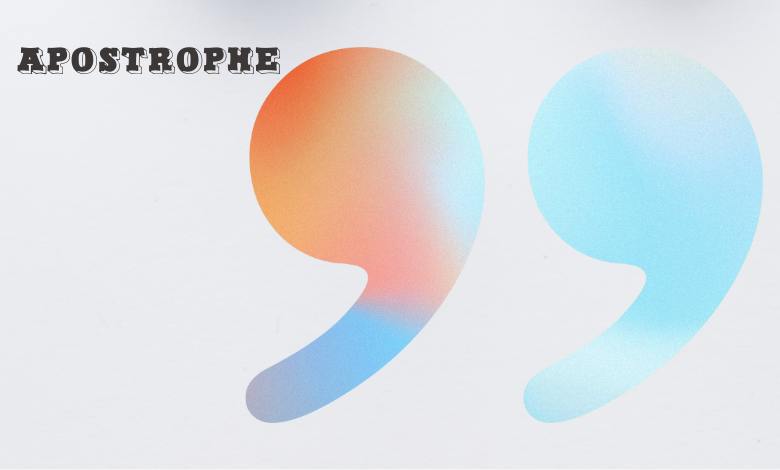Apostrophe: A Guide to Its Uses and Rules

The apostrophe is a small punctuation mark that packs a significant punch in the English language. Often overlooked, this seemingly minor character plays a crucial role in indicating possession, forming contractions, and occasionally serving other unique functions. In this article, we will explore the various uses of the apostrophe, common mistakes to avoid, and tips for mastering its application.
1. The Apostrophe for Possession
One of the primary functions of the apostrophe is to indicate ownership or possession. Here are the basic rules:
Singular Nouns
For most singular nouns, the apostrophe is placed before the “s.”
- Example: The cat’s toy (the toy belonging to the cat)
Plural Nouns Ending in “s”
For plural nouns that already end in “s,” the apostrophe is placed after the “s.”
- Example: The dogs’ owner (the owner of the dogs)
Plural Nouns Not Ending in “s”
For plural nouns that do not end in “s,” the apostrphe is placed before the “s.”
- Example: The children’s playground (the playground for children)
Compound Possession
When indicating possession for multiple subjects, use an apostrophe only for the last noun if the possession is shared.
- Example: Jack and Jill’s bucket (the bucket owned by both Jack and Jill)
However, if each subject possesses something individually, add an apostrophe to both.
- Example: Jack’s and Jill’s buckets (each has their own bucket)
2. The Apostrophe in Contractions
Apostrophes are commonly used to form contractions, which combine two words into one by omitting certain letters.
Examples of Contractions
- It’s (it is or it has)
- You’re (you are)
- They’re (they are)
- Don’t (do not)
Using an apostrophe in contractions helps to create a more conversational tone in writing. However, it’s essential to remember that “its” (without an apostrophe) indicates possession, while “it’s” (with an apostrophe) is a contraction. This distinction is a common source of confusion.
3. Other Uses of the Apostrophe
Time Expressions
Apostrphes can also indicate duration or time.
- Example: A day’s work (the work of one day)
Titles of Works
In some cases, apostrphes are used in titles to indicate possession.
- Example: The Girl’s Guide to Camping (a guide for girls)
4. Common Mistakes to Avoid
Misusing Its and It’s
One of the most frequent errors involves confusing “its” (possessive form) with “it’s” (contraction). Remember that “its” does not use an apostrophe.
Overusing Apostrophes in Plurals
Apstrophes should not be used to make a noun plural, especially with acronyms or numbers.
- Incorrect: CD’s, 1990’s
- Correct: CDs, 1990s
Placing Apostrophes in Possessive Pronouns
Possessive pronouns such as his, hers, its, ours, and theirs do not require apostrphes.
5. Conclusion
Mastering the use of the apostrophe can enhance your writing clarity and professionalism. By understanding its primary functions—indicating possession and forming contractions—you can avoid common pitfalls and communicate more effectively. Whether you’re writing an academic paper, a professional email, or simply jotting down your thoughts, remember the rules of apostrophe usage to convey your message accurately.
With practice, the apostrophe will become a reliable ally in your writing arsenal, helping you express ideas with precision and flair.





